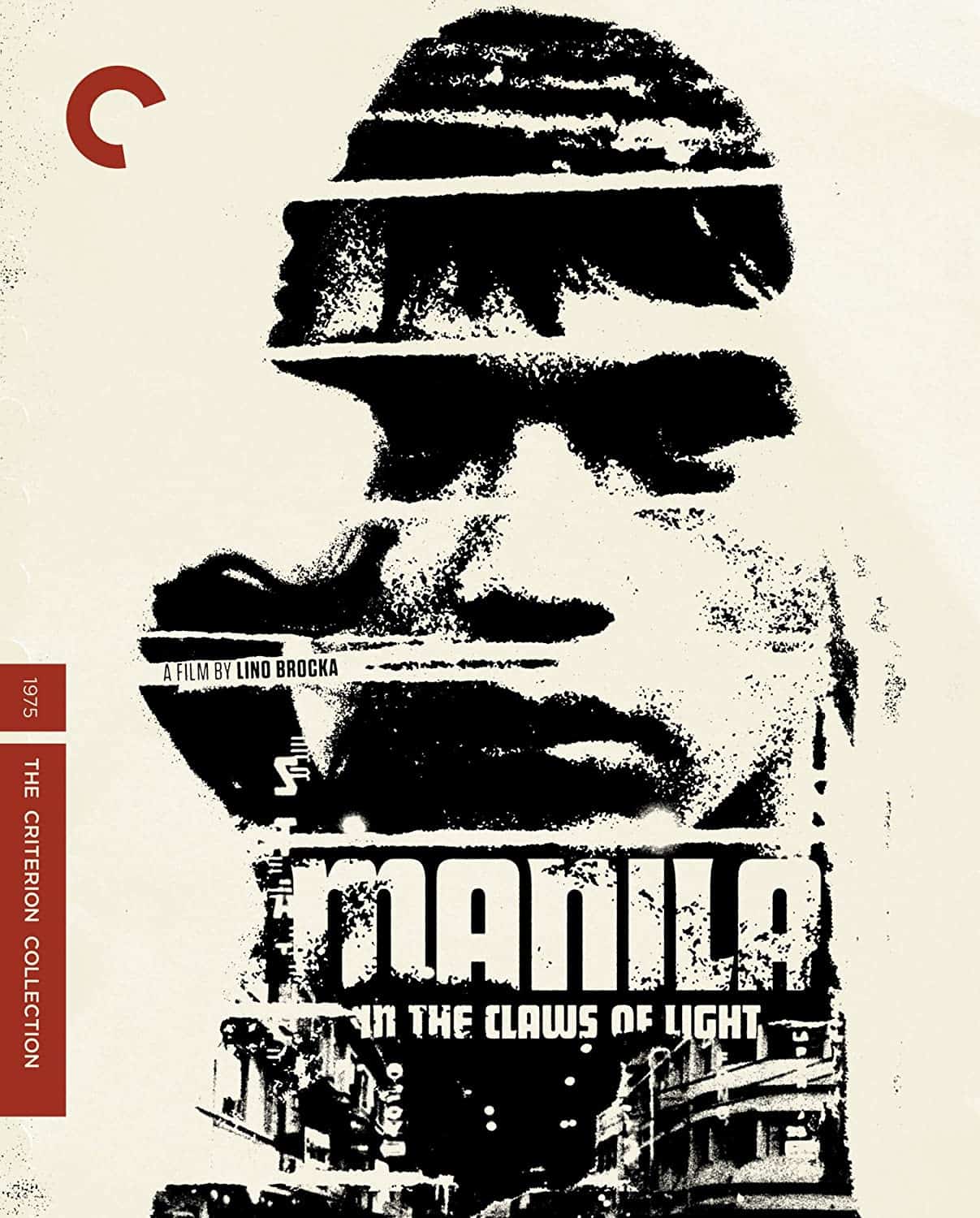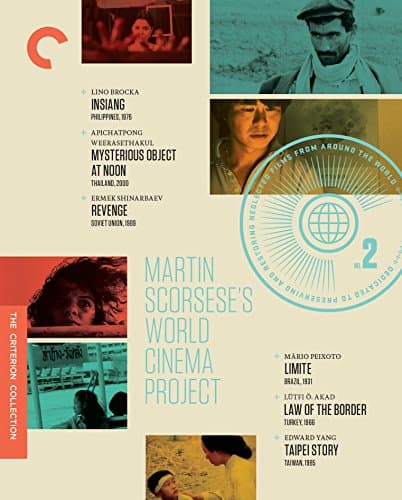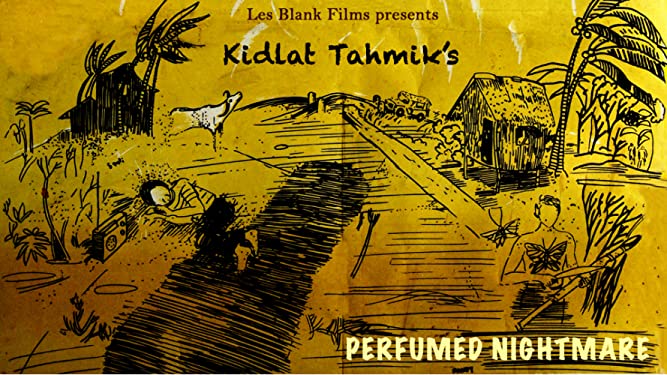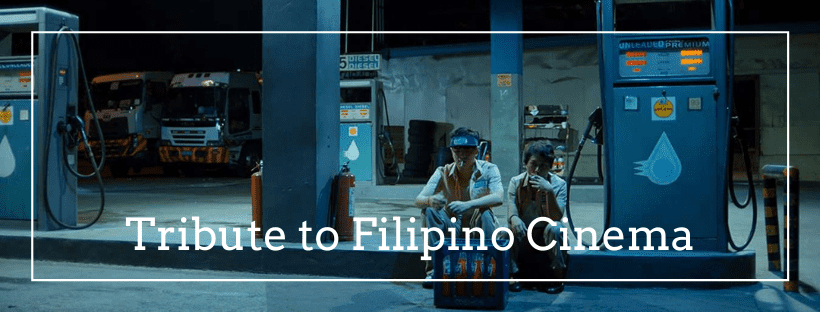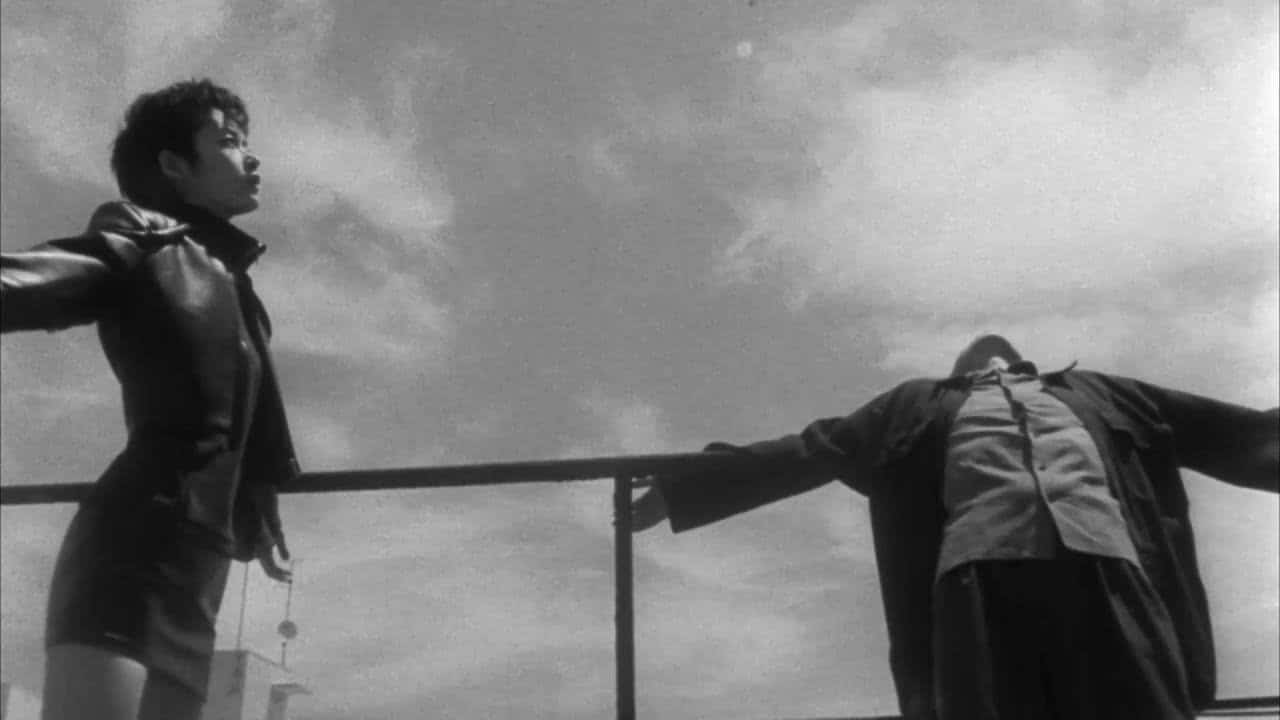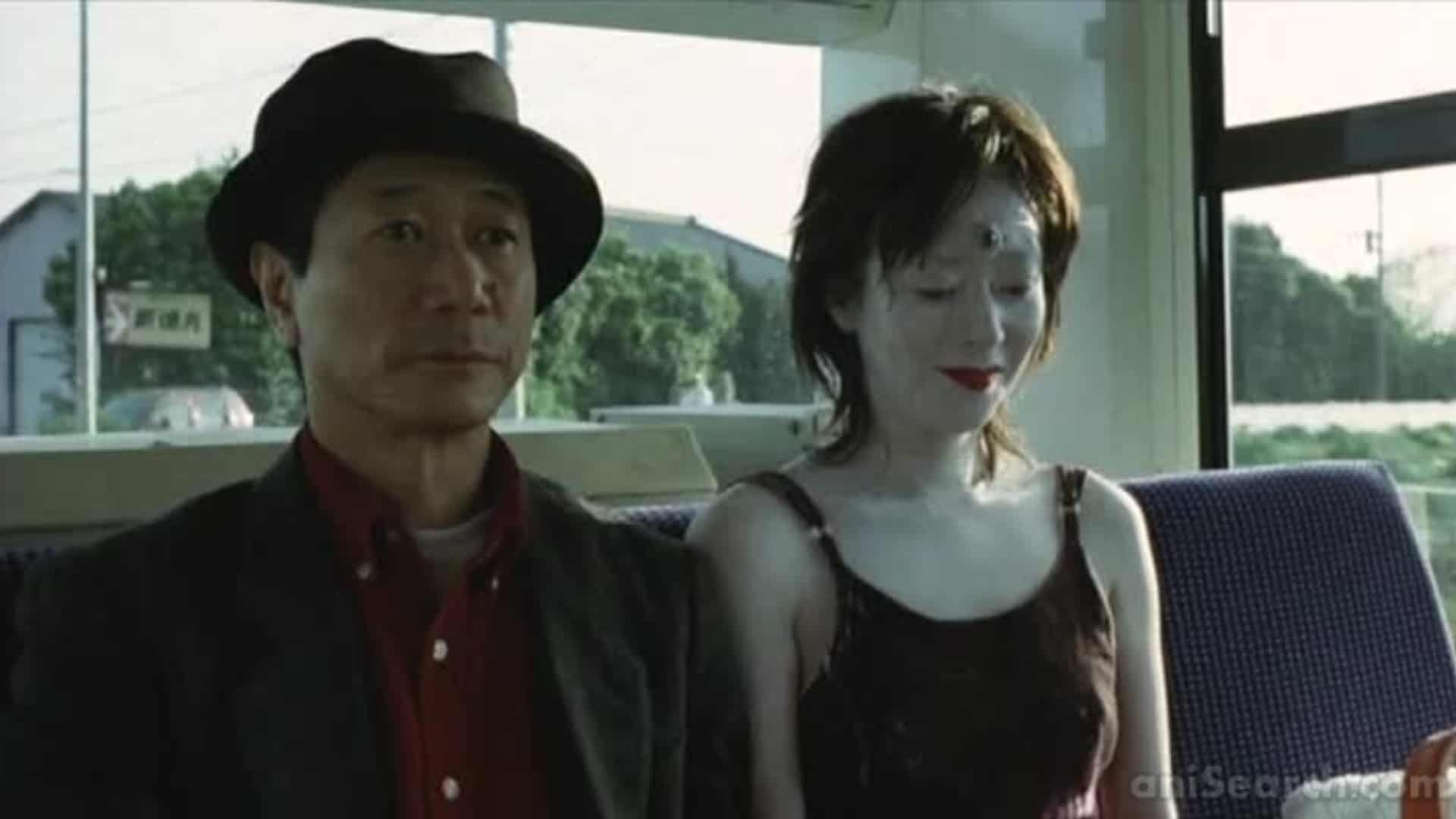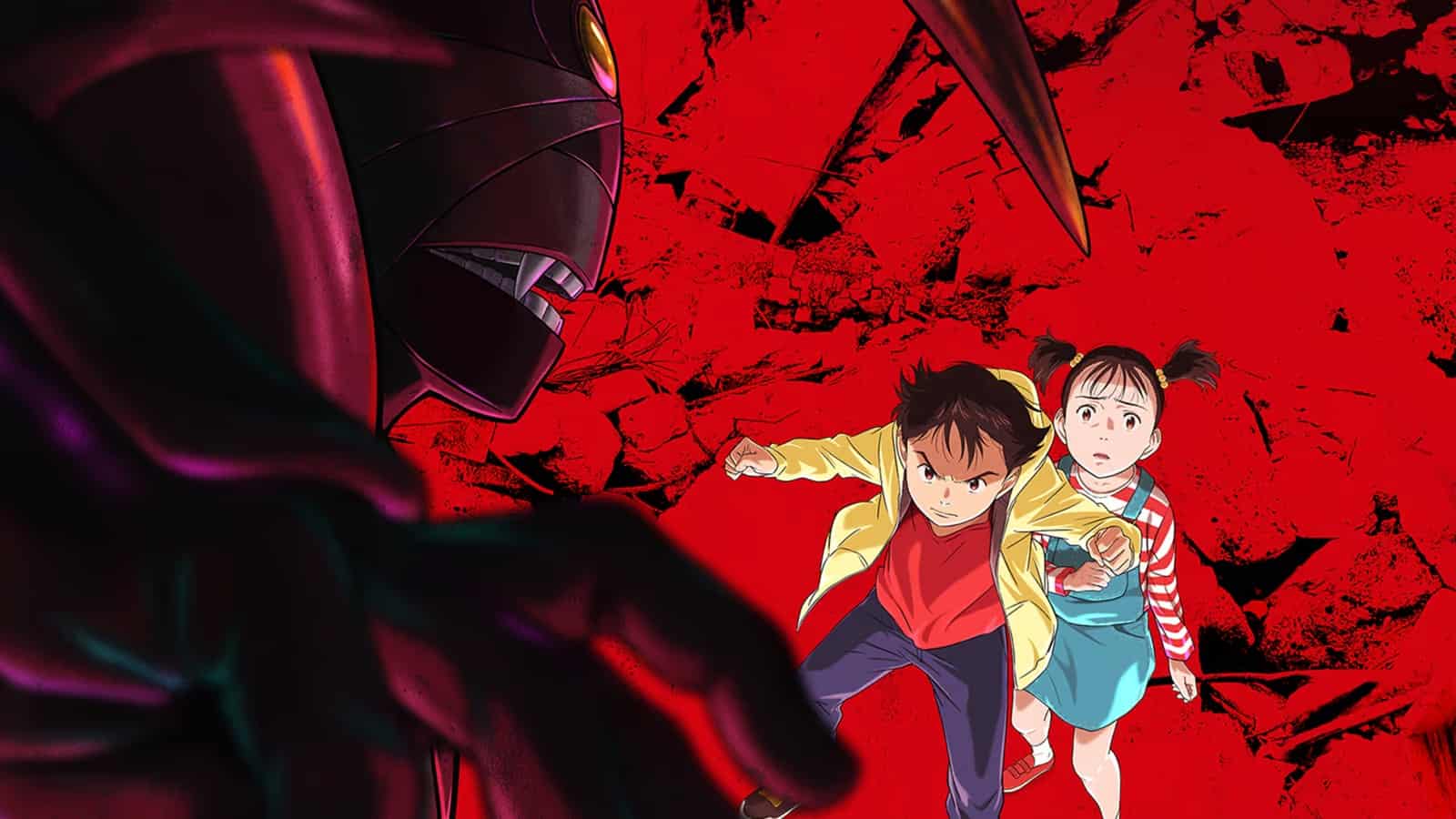Our tribute to Filipino cinema proved a great idea, since we managed to discover a truly underrated and very rarely mentioned part of international cinema, with the 70s and 80 in the Philippines in particular offering a series of movies that could easily be described as masterpieces. In contrary to European or even American films, the rather intriguing aspect of these films is that they manage to combine intense social commentary with mainstream and occasionally even horror and exploitation elements, thus results in a series of titles that could have universal appear, also because they are also quite artful.
Without further ado, here are 13 of the titles that truly stood out.
1. Manila in the Claws of Light (1975) by Lino Brocka
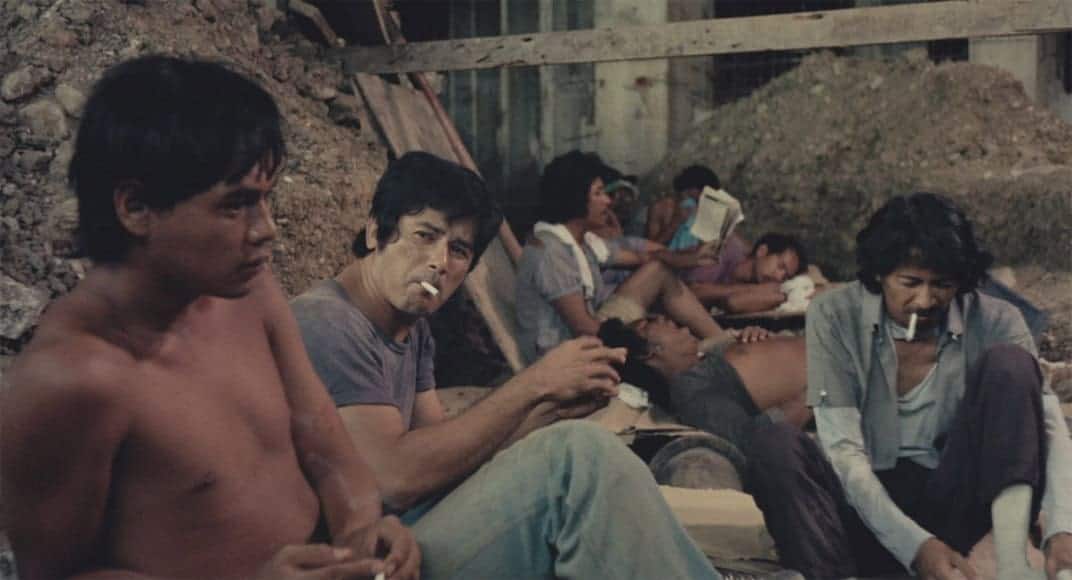
The main element of Lino Brocka's narrative is, evidently, realism, with him implementing a documentary-like approach to the social circumstances of Manila in the 70's. In this effort, he benefits the most from Miguel de Leon's cinematography, who captures all the aspects of Manila with artistry and precision, as close to the “action” as possible, and with no punches pulled. Brocka's look is quite accusatory, with him blaming the “capital” for exploiting the poor and the authorities for cooperating fully with the rich. Inevitably, this lack of any kind of prosperity and providence also leads to moral decay, another aspect that is quite eloquently depicted through the ring of prostitution in the city, which involves both women and men.
2. Insiang (1976) by Lino Brocka
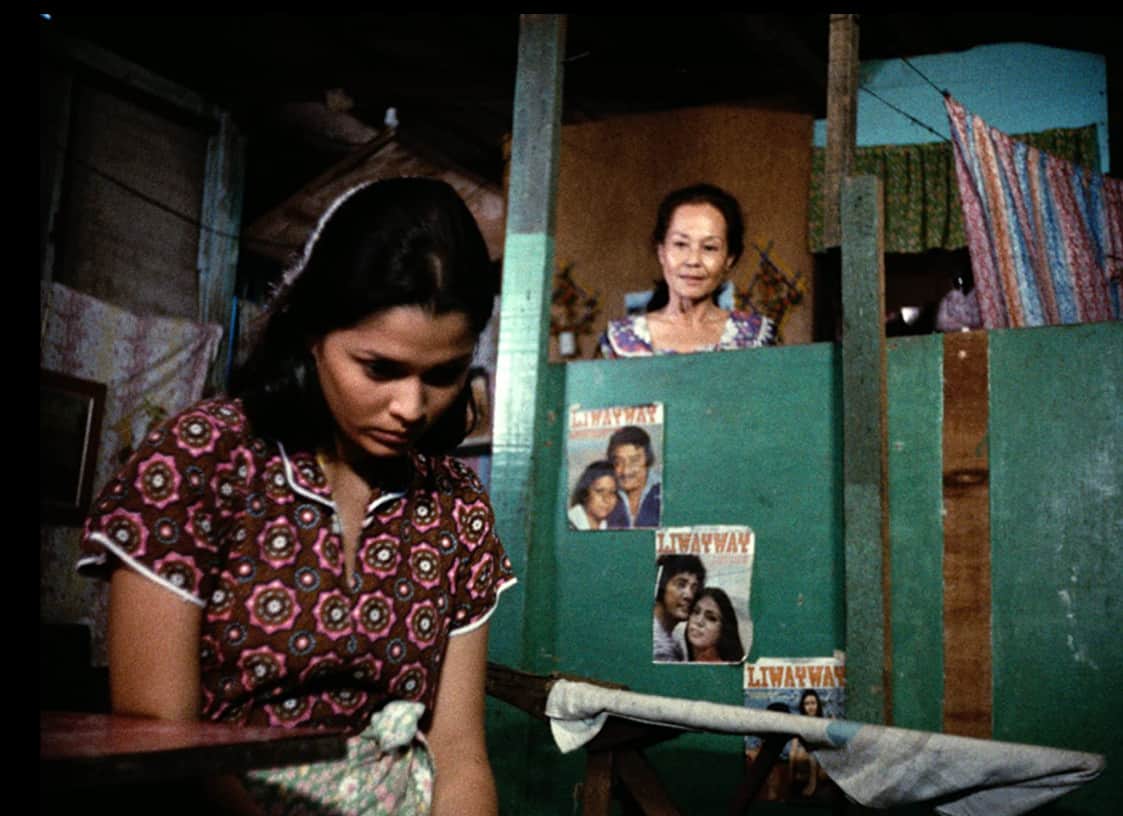
Lino Brocka directs a genuine melodrama, which, however, is not characterized by the usual effort at forced sentimentalism, since the drama here derives from realism, and particularly through the urban poverty that is the main element of the narrative. In that regard, the presentation of life in the Manila slums is utterly realistic, with Brocka highlighting it both as a general setting and through a number of details. The small convenience store where the clerk/owner is protected by bars, people bathing in the streets and peeing in just a corner of the room of their run-down houses, the pigs butchered in the beginning, the alcoholism that seems to be everywhere, the constant gossiping in an area which seems to have no walls, all paint the picture of the setting in the most eloquent fashion. Conrado Baltazar's cinematography has captured all these images while communicating the sense of claustrophobia that seems to derive from both reality and the psychology of the protagonist quite artfully, in one of the film's best assets. (Panos Kotzathanasis)
Buy This Title
3. Perfumed Nightmare (1977) by Kidlat Tahimik

In the end, “Perfumed Nightmare”, in spite of its often grim and dark undertones, becomes an uplifting tale about the human power of resistance and the strength in humor. Kidlat Tahimik has managed to direct one of the most relevant features on topics like globalization and capitalism, their world-wide consequences and how they have changed the lives of many. (Rouven Linnarz)
4. Jaguar (1979) by Lino Brocka

Apart from the social commentary and the drama, the film includes equal portions of action, violence, and sex (although not particularly graphic), with Brocka giving a masterclass on how social commentary and exploitation can be combined. Conrad Baltazar's cinematography highlights both aspects with equal artistry, with particularly the night scenes, both in the nightclubs and in the exterior shots, being quite artful. Rene Tala's editing also implements this approach in the best fashion, with the changes in pace mirroring the style of the narrative. “Jaguar” is another film that proves how great Lino Brocka was, and one of those movies that all kinds of cinephiles can enjoy. (Panos Kotzathanasis)
Follow the whole tribute by clicking on the image below
5. Manila by Night (1980) by Ishmael Bernal
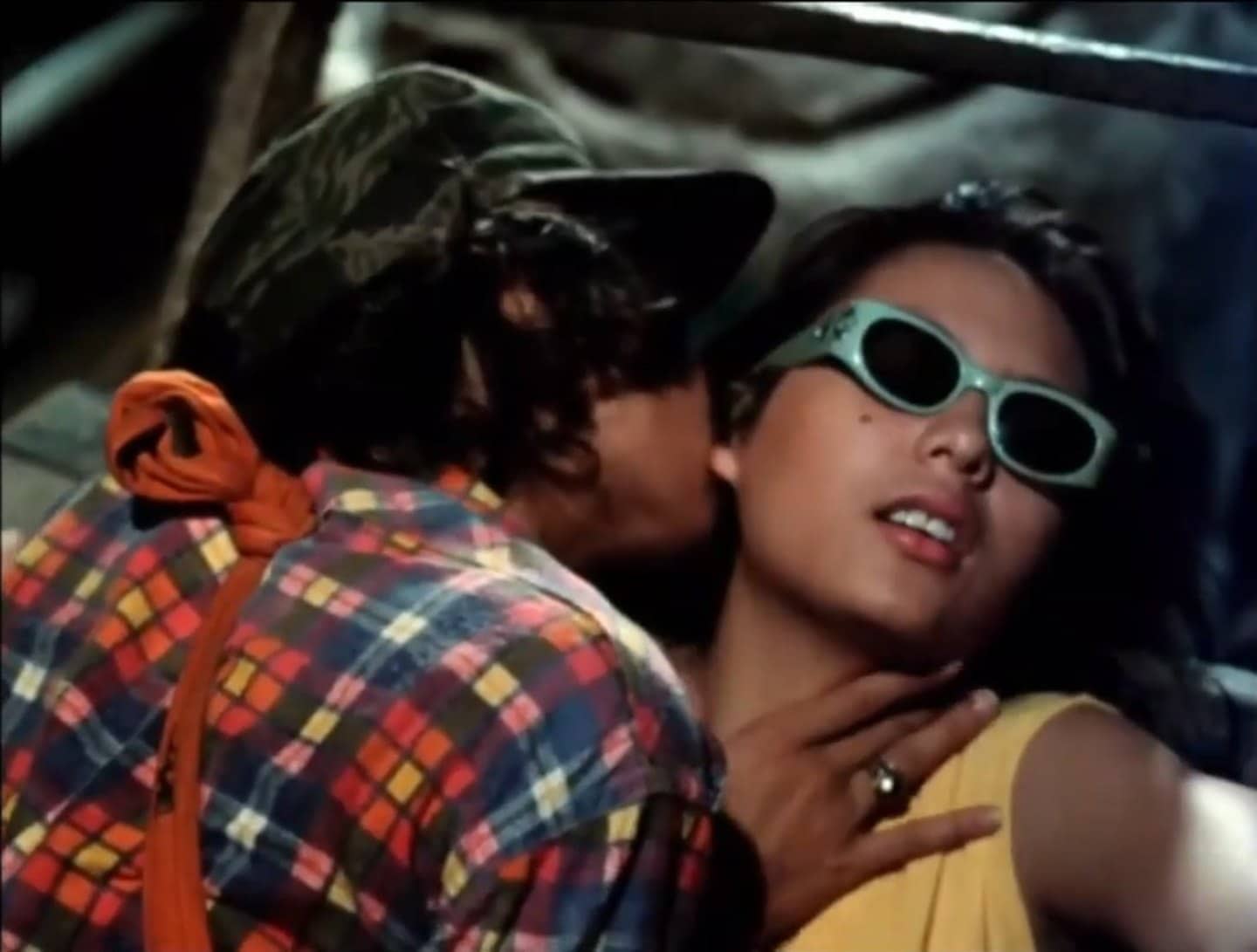
One of the things that is quite impressive regarding the Filipino cinema of the 70s and 80s, is how directors like Ishmael Bernal and Lino Brocka for example, manage to present movies that could be easily characterized as exploitation, while making quite pointed and realistic social comments about the country, essentially coming up with movies that are both quite entertaining and contextually rich. “Manila by Night” is a testament to the fact, as it could easily be described as an erotic movie, with the sex scenes appearing quite frequently and the violence being almost always present, starting with the scene in the club in the beginning of the movie and continuing throughout. At the same time, the extensive use of music, with the score including folk, jazz, funk and rock sounds, the many scenes in clubs and bars where people are dancing, and the ironic sense of humor mostly deriving from the hysterics of mother Virgie (in a great performance by Chanto Solis), and the attitude of a series of middle aged women towards sex, point towards a film that aims to entertain. (Panos Kotzathanasis)
6. Brutal (1980) by Marilou Diaz-Abaya

The three women give exquisite performances. Charo Santos as Clara presents the independent, serious, strong-willed, capable woman quite convincingly, although Abaya also sets aside scenes for her that show her feminine side, in her interactions with her boyfriend. Gina Alajar as Cynthia plays the flimsy, constantly cheerful but eventually disillusioned and also hiding a darker side woman with gusto, in a rather multileveled character that is much more difficult to portray than it seems initially. The absolute star of the movie, however, is definitely Amy Austria as Monica, with her many transformations being outstandingly portrayed, in a rather difficult role that has her repeatedly as the victim of intense violence. Her undeniable beauty is also a major factor of the movie, with Manolo Abaya's camera capturing it in all its glory, every time she appears in the film. Particularly the scenes she is dancing will definitely stay in the mind of the viewer, with her sex appeal and grace filling the screen in the most impactful way. (Panos Kotzathanasis)
Leo Katigbak talks to Panos Kotzathanasis about the intense efforts of ABS-CBN at film restoration and his role in the whole concept, the educational aspect of the process, Filipino cinema of the 70s and 80s and many other topics
7. Kisapmata (1981) by Mike De Leon
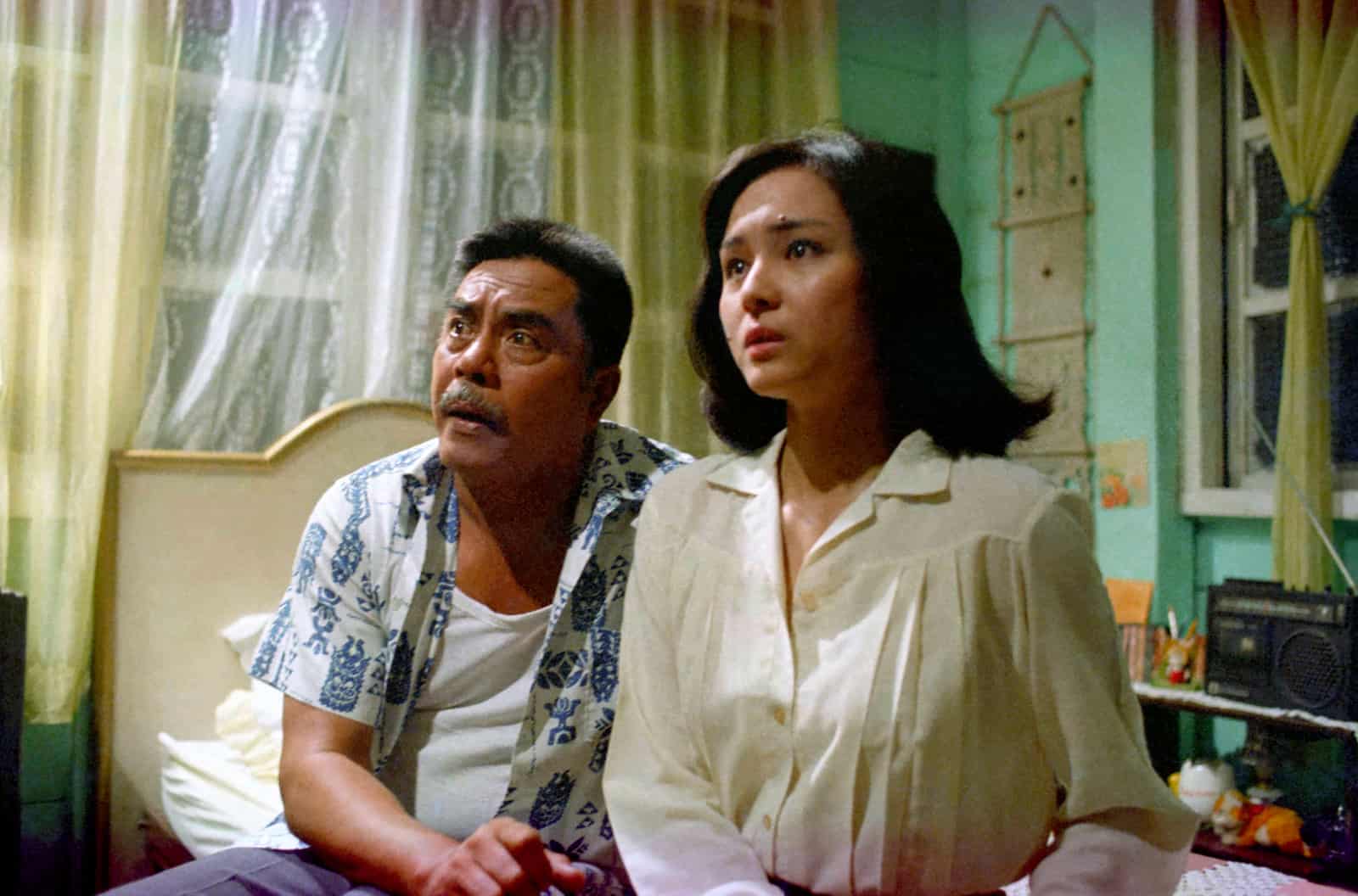
Mike De Leon masterfully directs a movie that unfolds in two levels, one literal and one metaphorical. The first one is presented as a psychological thriller which eventually becomes a horror, with De Leon building an atmosphere of pressure, angst, and slight disorientation, from the introductory scene. The main mediums he achieves this are two. The first is the astonishing performance by Vic Silayan as “Dadong” with the psychological pressure he puts on everyone around him, in a rather terrifying type of bullying, being impressive to watch, in all the scenes he appears in the movie. His carefully placed remarks, his laughter, all move towards the same direction, with the fact that he very rarely becomes violent actually adding to his horrifying persona. The second is the way De Leon and his DP Rody Lacap have framed the two-storied house, as a setting that is suffocating and claustrophobic, with the moments Dadong puts the bar on the door highlighting this approach in the most eloquent fashion. (Panos Kotzathanasis)
8. Miracle (Himala) (1982) by Ishmael Bernal

As the movie slowly turns its attention away from the sole focus on Elsa and also towards the other characters, you can see the true nature of the story being told here. Bernal and Lee essentially aim to tell a parable, in the most Biblical sense, about human greed, superstition and envy. In the opening shot, just moments before the eclipse, the townsfolk cover their heads, some of them even scream out in agony believing the “end of the world” is about to happen. Terms like “end of the world” and “curse” signify the deep roots of this specific kind of blend between belief and superstition, a dangerous mixture the village priest (Joel Lamangan) is aware of. Like the curse some of the village elders talk about while drinking, this oppressive atmosphere is what defines the two hours of running time of “Himala” making some of the scenes quite uncomfortable. After all, the echoes of this kind of tone, this kind of attitude and belief ring in the ears of modern society with its gaping chasm between the rural and the urban spaces. (Rouven Linnarz)
9. Batch '81 (1982) by Mike De Leon
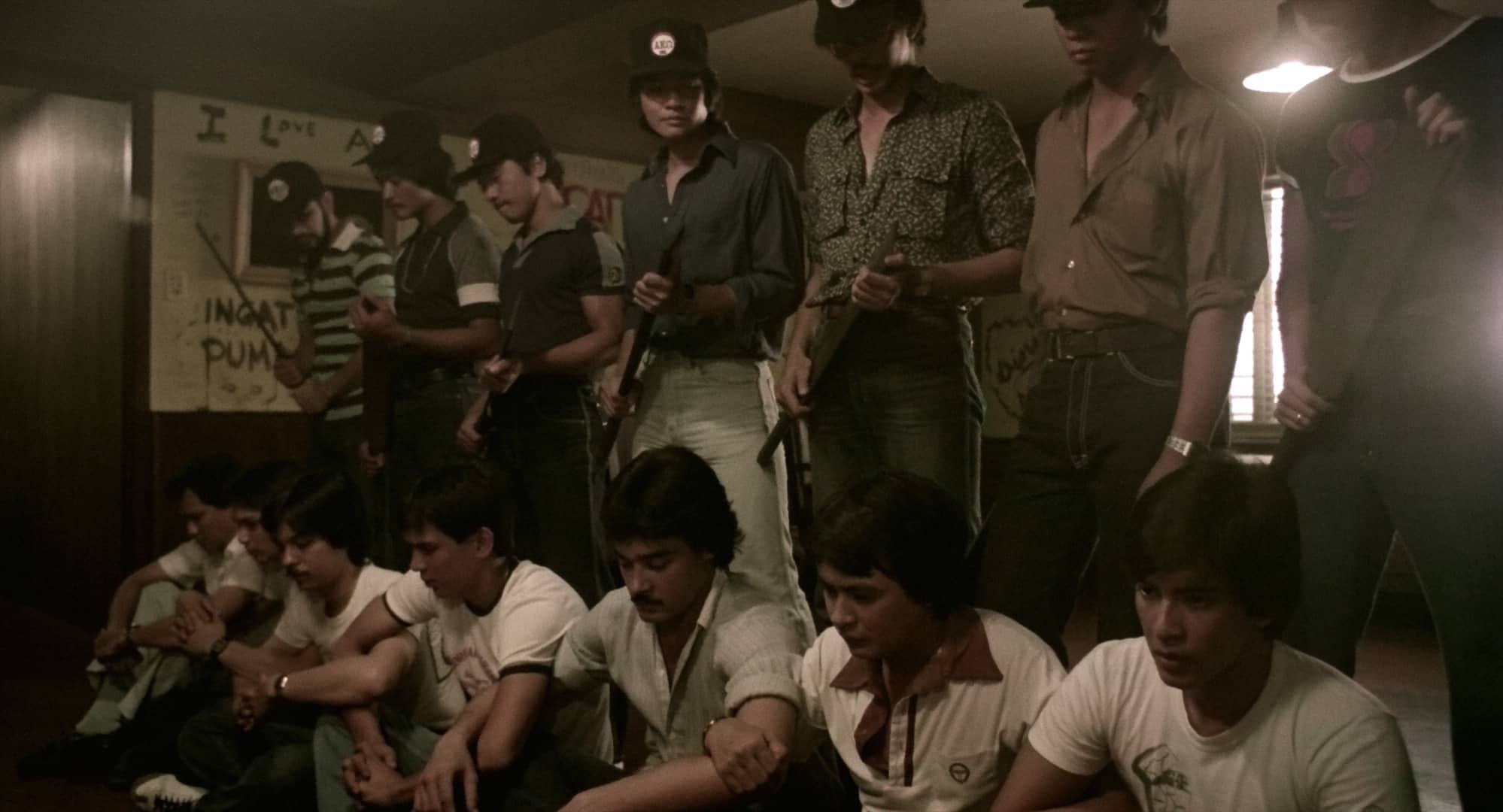
“Batch 81” is an outstanding film whose comments and raw approach has allowed it to stand the test time, in a title that can be appreciated by fans of both cult and arthouse cinema, in a combination that seems to be inherent to Mike De Leon and of Filipino cinema of the 70s and 80s. (Panos Kotzathanasis)
10. Moral (1982) by Marilou Diaz-Abaya
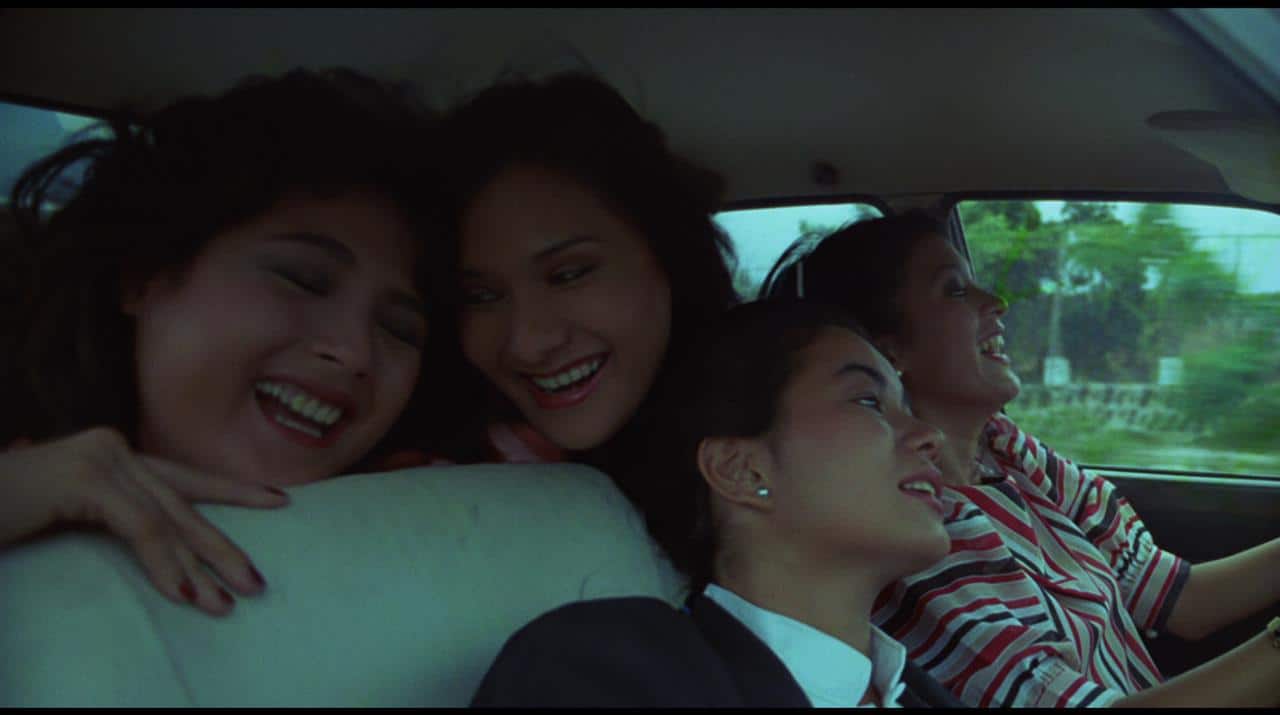
A fearless director with fearless actresses, who present fearless women. The intertwining stories of the protagonists discuss important feminist topics relevant today, and more so, are a testimony of a shift of sexual and social morals happening in the Filipino film history. The milieu study tells a personal and ambitious plot, that does not spare hot topics such as abortion, prostitution, double standards in sexual behavior and the right to work. “Moral” also manages to comment on patriarchy, homosexuality, and political aspects like military violence and the encroachment of the state on the individual. As you can see, the film has a wide scope and director Marilou Diaz-Abaya uses a very open approach to storytelling and cinematography to convey that. (Alexander Knoth)
11. Karnal (1983) by Marilou Diaz-Abaya
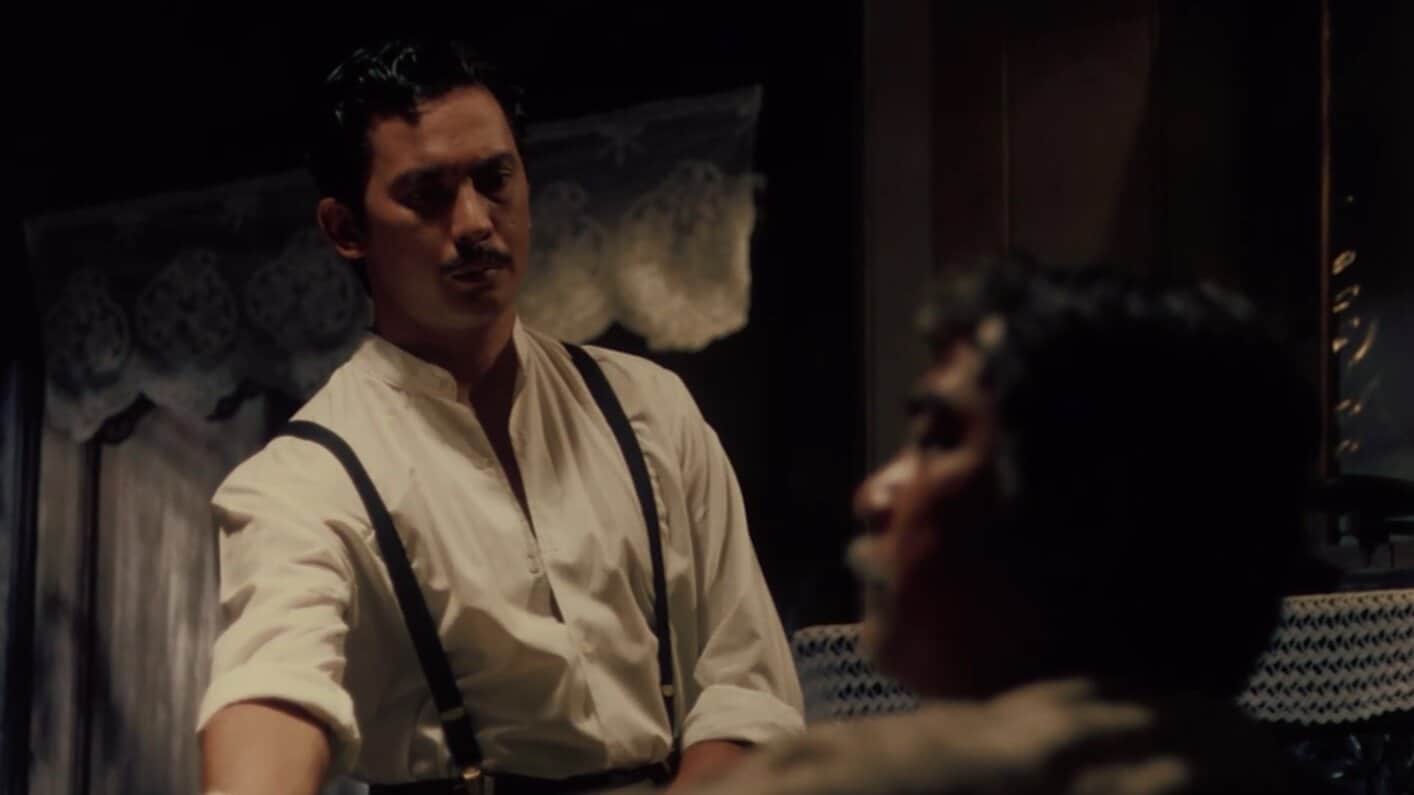
The acting is also on a very high level. Charito Solis is an endearing narrator, with the mystery surrounding her identity adding another level of entertainment in the movie. Philip Salvador as Narcing presents a man that is struggling between love and filial piety, between his feelings and his duty, in a clash that eventually destroys him, in a rather endearing performance. The same applies to Cecille Castillo as Puring, whose will for individuality is soon clashed under the violent power of the men around her, in a very difficult role that frequently has her as the recipient of intense violence. Her interactions with Joel Torre's Goryo highlight the chemistry of the two, with the latter portraying the kind deaf-mute quite convincingly. Lastly, Vic Silayan portrays a captivating villain, particularly in the moments he emits danger from every mannerism. (Panos Kotzathanasis)
12. Shake, Rattle and Roll (1984) by Ishmael Bernal, Emmanuel Horlaza, Peque Gallaga

Overall, this emerges as one of the finest and most underrated anthologies in the scene. It's got minor flaws in each entry, but there's so much to like as a whole that it is an assuredly recommended viewing for anyone looking to tackle an obscure and worthwhile anthology. Those not fond of the format should at least tackle one of the segments to decide to investigate further. (Don Anelli)
13. Misteryo sa Tuwa (1984) by Abbo Q. Dela Cruz
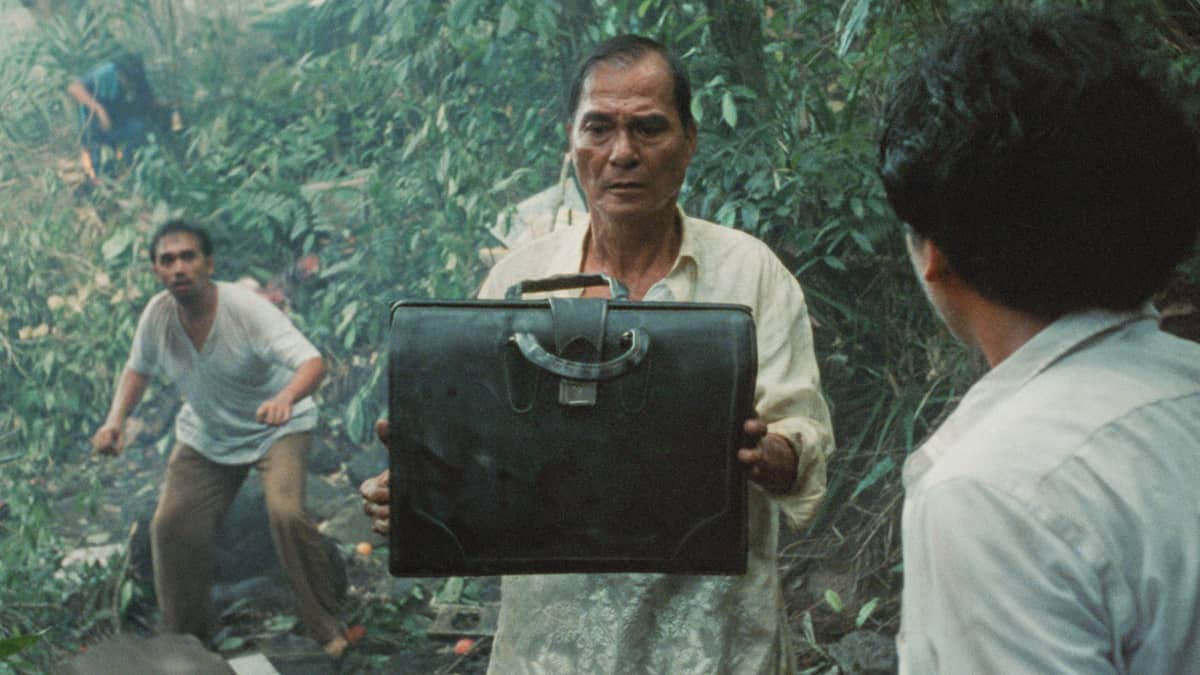
The overall presentation of the area and the events is excellent, with Rody Lacap's cinematography taking full advantage of the mountainous, filled with forest setting. Furthermore, and in combination with Rodell Cruz and Don Escudero's production design, the scenes in the interiors highlight the claustrophobic atmosphere that permeates the narrative, in an approach that is artful as it is meaningful. “Misteryo sa Tuwa” is a great film that manages to communicate the plethora of its comments with utter eloquence, while entertaining significantly in the process. (Panos Kotzathanasis)



